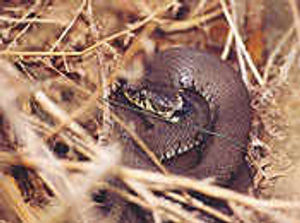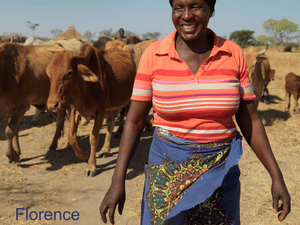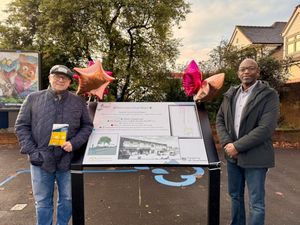Snake nests to be built in forest
Snakes could become a common site on Cannock Chase after wildlife rangers there launched a project to encourage the reptiles to breed. Snakes could become a common site on Cannock Chase after wildlife rangers there launched a project to encourage the reptiles to breed. Rangers in the forest near Rugeley have started work on a conservation project to provide a series of handmade nests throughout the forest over the next few weeks. These will become tempting retreats for resident grass snakes during the breeding season. As they emerge from hibernation and begin to mate, the female snakes will seek out a suitable place to lay eggs, often travelling over one kilometre from the hibernation site. The new sites will offer the warm and damp conditions that appeal to the snakes. In recent years, grass snakes have suffered a national decline as a result of changing land use and deliberate persecution, so they are dependent on the helping hands of wildlife experts to give them the best chance of recovery. Read the full story in the Express & Star.

Rangers in the forest near Rugeley have started work on a conservation project to provide a series of handmade nests throughout the forest over the next few weeks. These will become tempting retreats for resident grass snakes during the breeding season.
As they emerge from hibernation and begin to mate, the female snakes will seek out a suitable place to lay eggs, often travelling over one kilometre from the hibernation site.
The new sites will offer the warm and damp conditions that appeal to the snakes. In recent years, grass snakes have suffered a national decline as a result of changing land use and deliberate persecution, so they are dependent on the helping hands of wildlife experts to give them the best chance of recovery.
The grass snake is a UK Biodiversity Action Plan species and is protected by law against being killed or injured through human activity.
Jim Stewart, from the Forestry Commission, who will be leading the project and will monitor the sites to look for signs of breeding activity, said: "Recent surveys of the grass snake population in Cannock Forest are encouraging, but there is more conservation work needed to ensure that the species is given the best chance of survival.
"The exact location of the new sites will remain under wraps to allow the snakes the privacy and seclusion they demand for successful breeding. The youngsters tend to hibernate in the area where they were born too."
The female grass snake lays eight to 40 eggs, depending on her size, from July to August. When the eggs hatch, young snakes are born a perfect miniature of the adult snakes but are about the size and shape of an earthworm. Grass snakes can grow up to 70-120cm long with females being larger than the males, and they can occasionally reach 200cm in length. They eat tadpoles, frogs and toads, as well as fish, newts, and occasionally mice and small birds.





